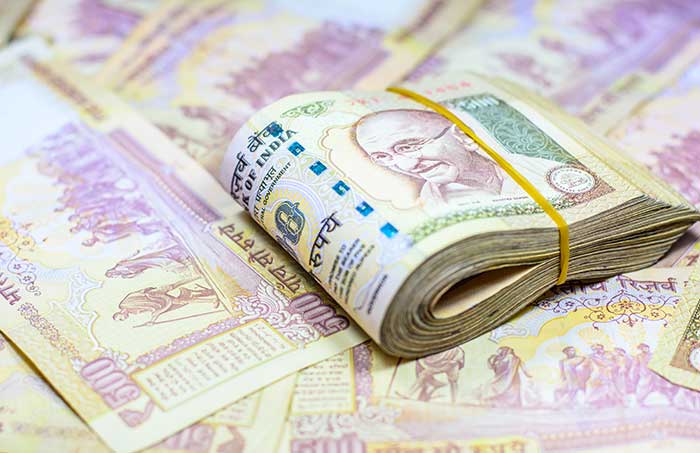Indian prime minister Narendra Modi announced on 8 November the immediate withdrawal of all 500- and 1,000-rupee notes, in a bid to clamp down on corruption. Together, the two notes accounted for nearly 86% of the currency in circulation by value.
The abrupt and botched cull of the bills prompted a scramble to exchange currency, and an ensuing cash shortage has hit consumer spending and brought India’s country’s large informal economy to a halt.
Shri Gandhi, deputy governor of the Reserve Bank of India, stressed that the decision to withdraw the notes was not taken in haste but after “detailed deliberations”.
“There had to be a high level of secrecy surrounding this decision and the fact is that such a large country was indeed taken by surprise when the decision was announced,” he said.
“The Reserve Bank and the government were conscious of certain immediate difficulties that the public at large could face and all efforts were taken to minimise and mitigate them. The problems of the common persons were at the top of policy makers’ radar.”
However, many critics say the effects on India’s poor, who rely heavily on cash in their daily lives, were not considered.
At the time of the announcement, only a small portion of the needed new currency had been printed to replace the old notes. Those that had been printed were smaller, meaning the country’s hundreds of thousands of cash machines had to be modified in order to dispense them.
With ATMs empty and banks limiting withdrawals, a cash crunch has taken root and sparked chaos across the country.
Poorer families are falling into debt and unable to buy food, small- and medium-sized businesses are struggling and the vast informal economy has faltered, exposing those in already vulnerable professions, like farmers and street vendors, to more risk.
Amitha Rajan, senior Asia analyst at PGI, said the measure was a step forward for anti-corruption in India but was hampered by poor execution and is likely to represent only a “one off” strike against illicit funds.
Rajan pointed out that the measure does not deter future attempts to create new “black money”, address other forms of tax avoidance and corruption or target the wealthy corrupt, who tend to hold their wealth in illicit stocks, offshore accounts, property or gold rather than cash.
This suggests demonetisation is “unlikely to lead to meaningful long-term benefits in isolation”, she said, noting that there are already reports that the new notes introduced are being counterfeited.














